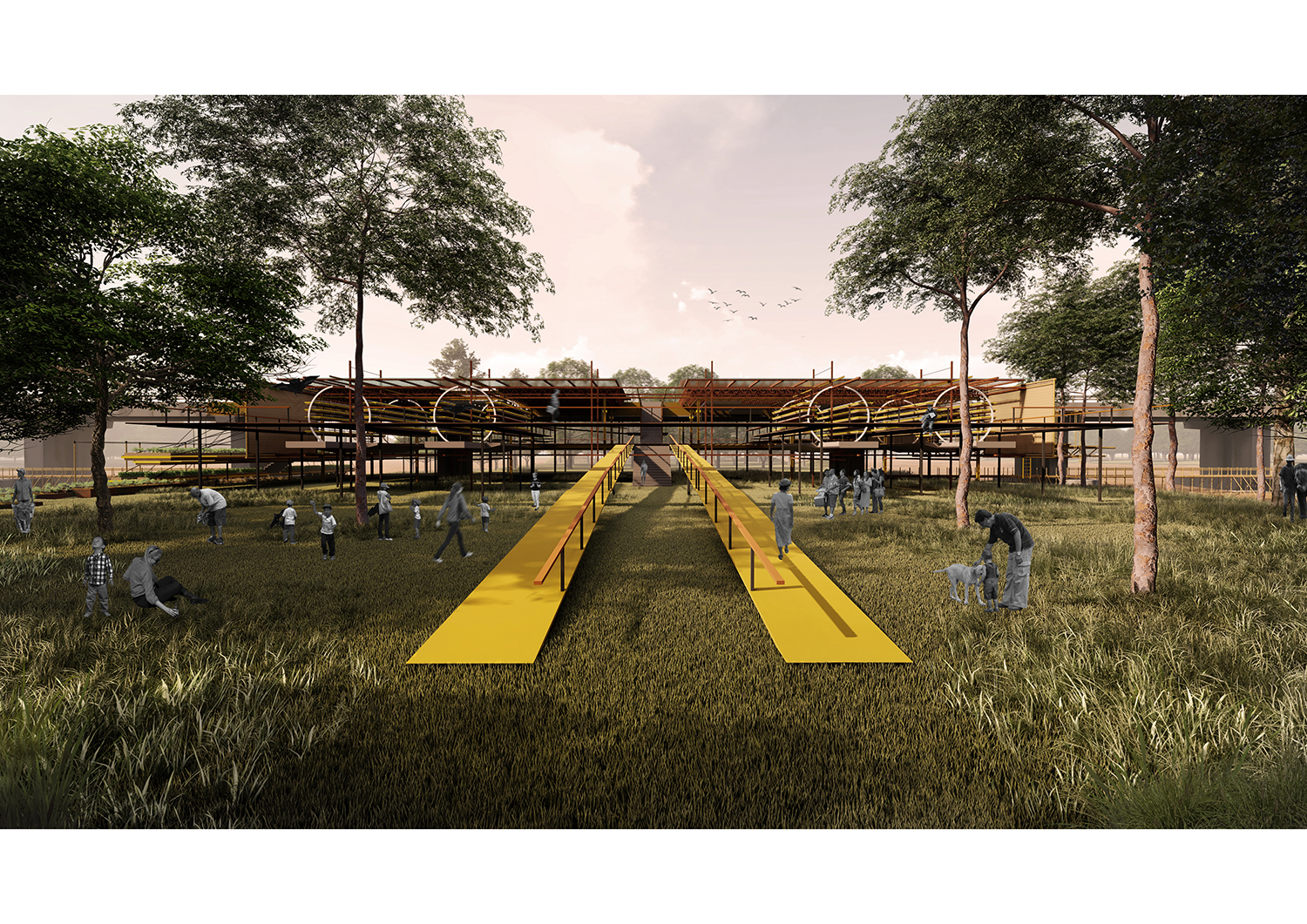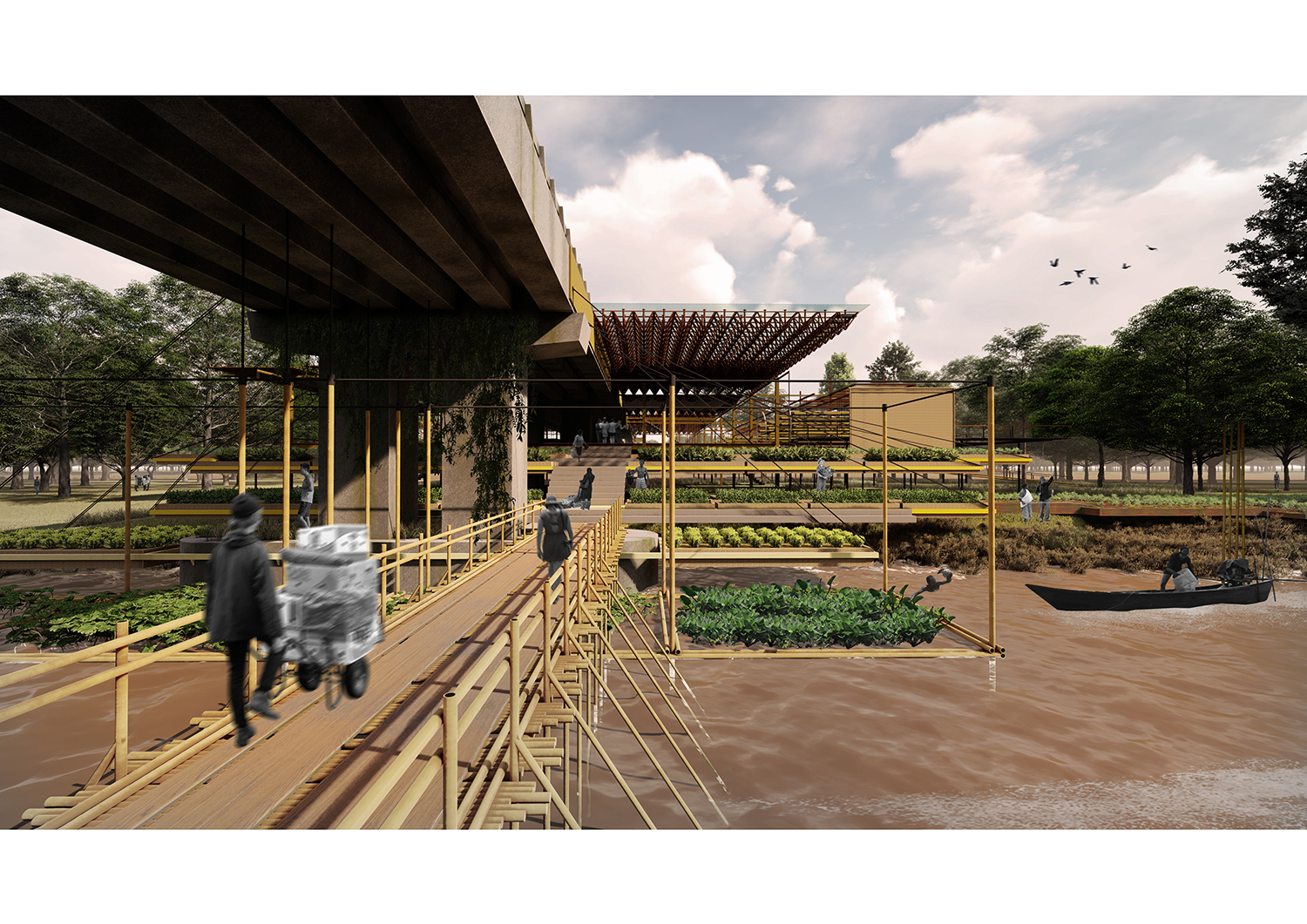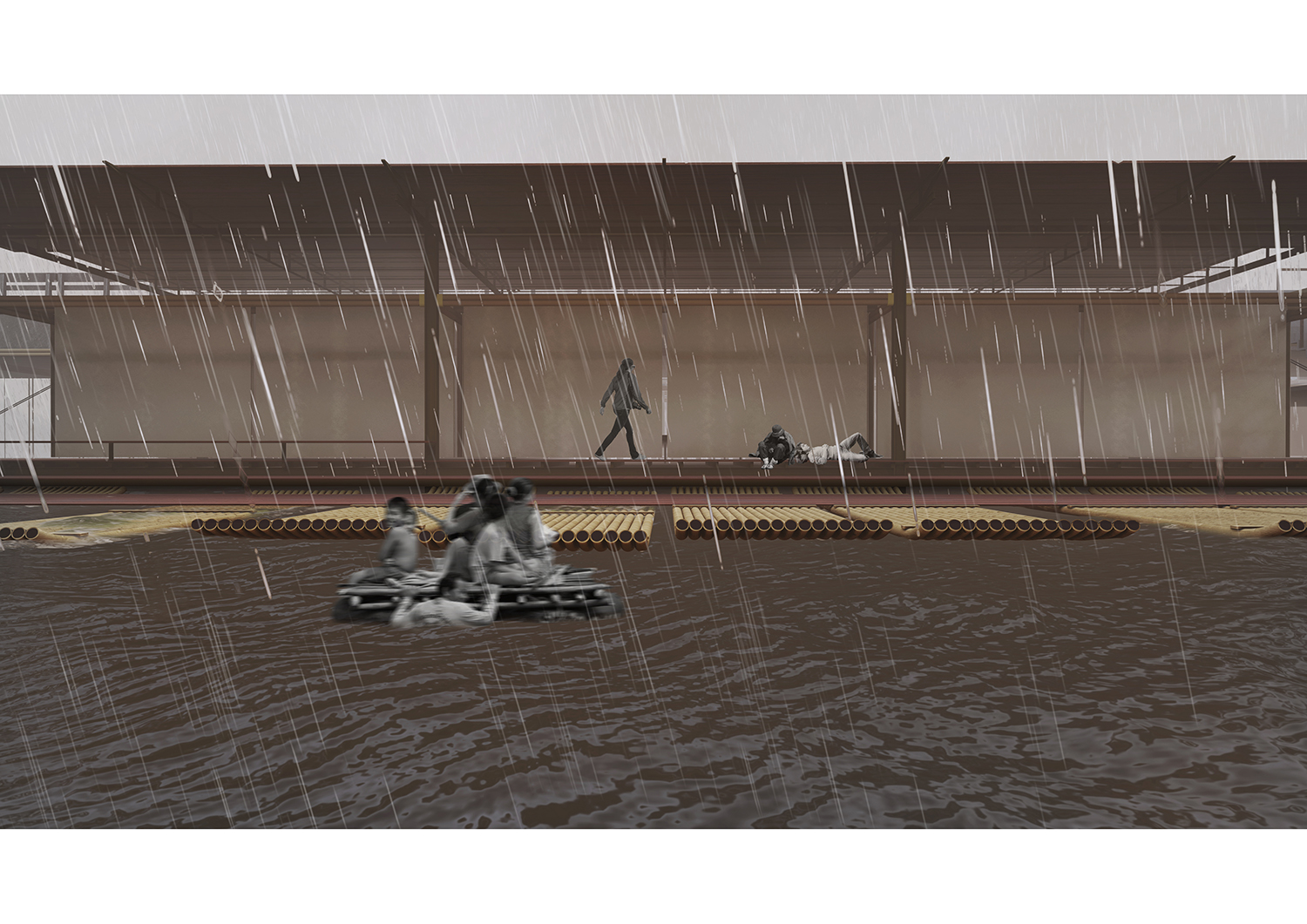A CONVERSATION BETWEEN THE ARCHITECTS FROM DIFFERENT GENERATIONS THAT REFLECTS THE LEGACY OF DESIGN COMPETITIONS FROM NIPPON PAINT
TEXT: NAPAT CHARITBUTRA
PORTRAIT: KETSIREE WONGWAN
(For Thai, press here)
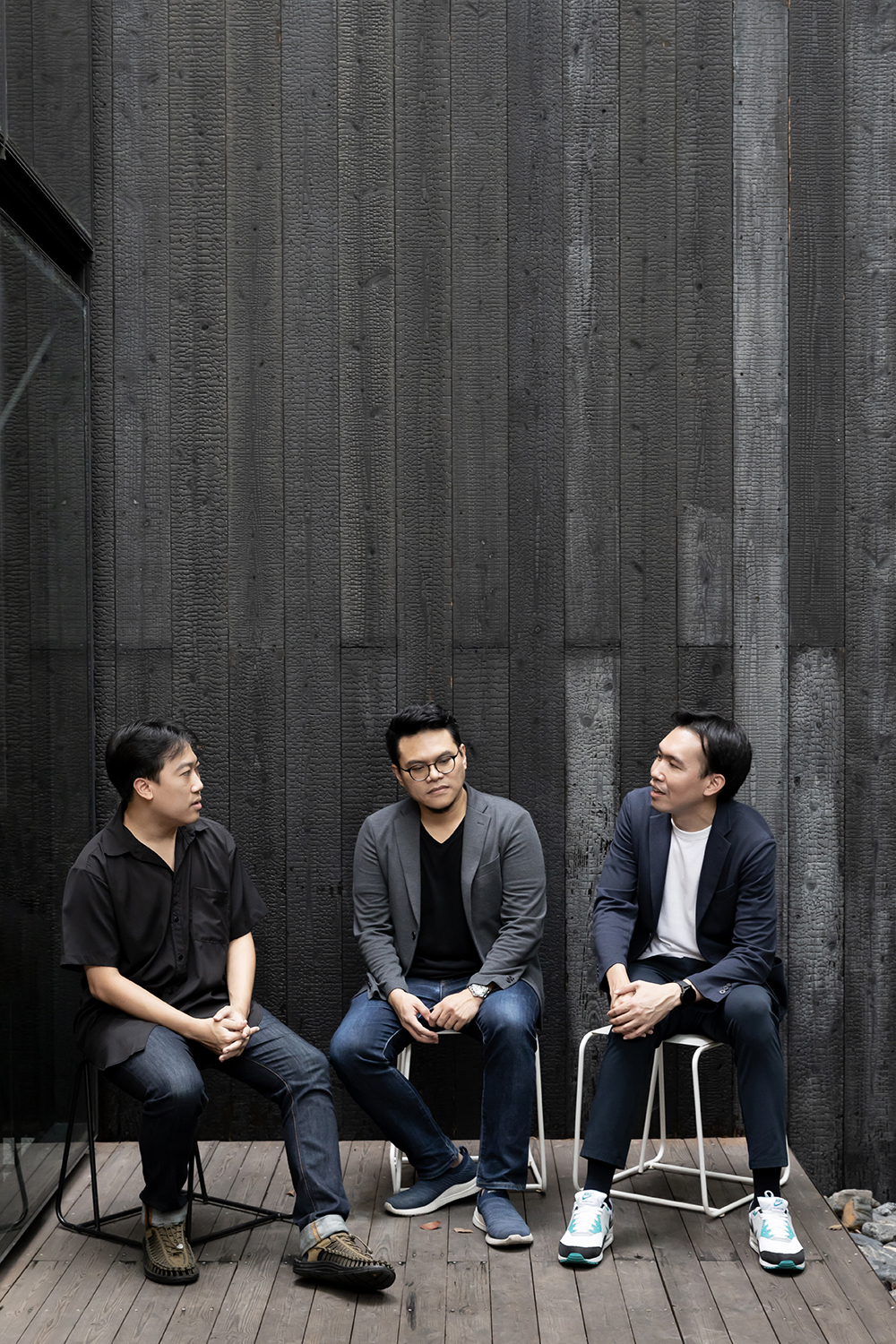
PATSAKORN YANA (LEFT) WHO WON THE 1ST PRIZE IN THE ARCHITECTURE CATEGORY FROM NIPPON PAINT’S ASIA YOUNG DESIGNER AWARDS 2019 (AYDA), JERAVEJ HONGSAKUL (MIDDLE), FOUNDER OF IDIN ARCHITECTS AND WORANOL SATTAYAVINIJ (RIGHT), EXECUTIVE DIRECTOR OF ARCHITECTS 49 HOUSE DESIGN (A49HD)
Patsakorn Yana: Would you mind sharing with me your experiences participating in the design competition, Nippon Paint Young Architect Award, back in 2003?
Jeravej Hongsakul: Everyone was really excited because the prize of the Nippon Paint competition was a field trip to Japan (laugh), which was the kind of opportunity that didn’t come by that easily 17 years ago. It wasn’t like today, where you can just simply fly off to Japan. I think practically everyone who was a design competition enthusiast was submitting.
Woranol Sattayavinij: 2003’s theme was CDC Color Design Centre and we had to come up with ideas for a project with a specific program that was given by Nippon Paint. It wasn’t like today where competitors are able to initiate their own projects right from the research stage.

design competitions were like these great opportunities for you to try doing something that you could really have fun with, to share something you couldn’t do in real life with real clients — Jeravej Hongsakul
JH: The context of the competition 17 years ago wasn’t as open as it is today. I remember that I had already graduated and started working when I was participating in the competition. And in the real world where actual works were being done, there were so many limitations. I think everyone at the time had a similar thought that working in the real world didn’t really allow you to let out your ideas, and design competitions were like these great opportunities for you to try doing something that you could really have fun with, to share something you couldn’t do in real life with real clients. So, there it prompted this idea of why don’t we try submitting something. It sparked something in us and pushed us to participate and really go for it.

‘MERGE+’ BY JERAVEJ HONGSAKUL AND WORANOL SATTAYAVINIJ WHO WON THE 1ST PRIZE OF NIPPON PAINT YOUNG ARCHITECT AWARD 2003
WS: And it wasn’t like a project you did when you were a student as well. I think each school had its own focus and I was in the school where the practical side of design was considered a focal point so the projects I did in my architecture school were very constrained and I felt like I had to hold back what I wanted to do, unlike in competitions such as the one held by Nippon Paint where I was actually allowed and encouraged to do something I really wanted to do.
JH: Have you always liked design competitions? How many have you done so far?
PY: I have, and I participated in quite a lot of competitions but I haven’t always been successful in them until I won the Asia Young Designer Awards 2019.
JH: What’s the fun part in design competitions, the winning or the process?
PY: I participated because I wanted to deal with new challenges and explore subject matters that I didn’t have a chance to do back in school. I wanted to show my ideas. I was never really sad about not winning because all the experiences, for me, were the lessons I learnt along the way. I think working on projects for design competitions really helped me develop myself at a much faster pace, whether it would be the aspect of design or presentation. The first design competition I participated in was when I was starting my junior year at the university and I think I did about nine in total.
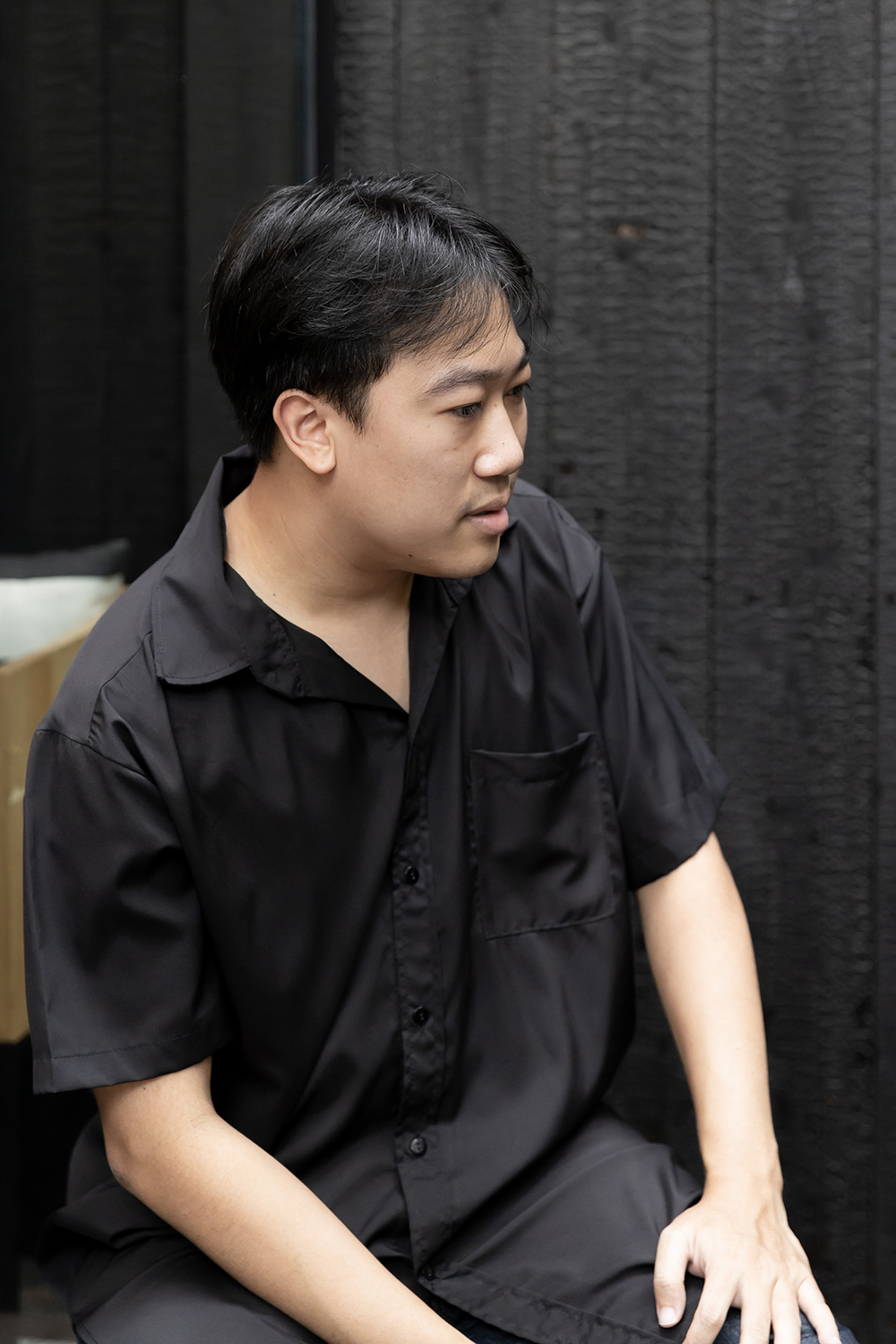
I was never really sad about not winning because all the experiences, for me, were the lessons I learnt along the way — Patsakorn Yana
JH: How did you find time for school? (laugh) There are a lot of competitions right now I suppose.
PY: I would normally go on a website called Contest War and there you could find like tons of competitions, both in Thailand and other countries. Now that I think about it, 17 years ago, each competition was kind of a big deal.
JH: I agree that design competitions help you train and develop your skills. You’ll get something back no matter what, and you shouldn’t really think about winning or losing all that much. As an entrepreneur, I like young architects and designers who have experiences in design competitions because I feel like there is something playful and daring about the person. They don’t live their lives within a certain box or walk only a certain path. They don’t have to win anything. To me, being a part of something like that reflects who they are in a way. This is someone who spends their free time working on projects to compete in competitions. That speaks volume about their passion.
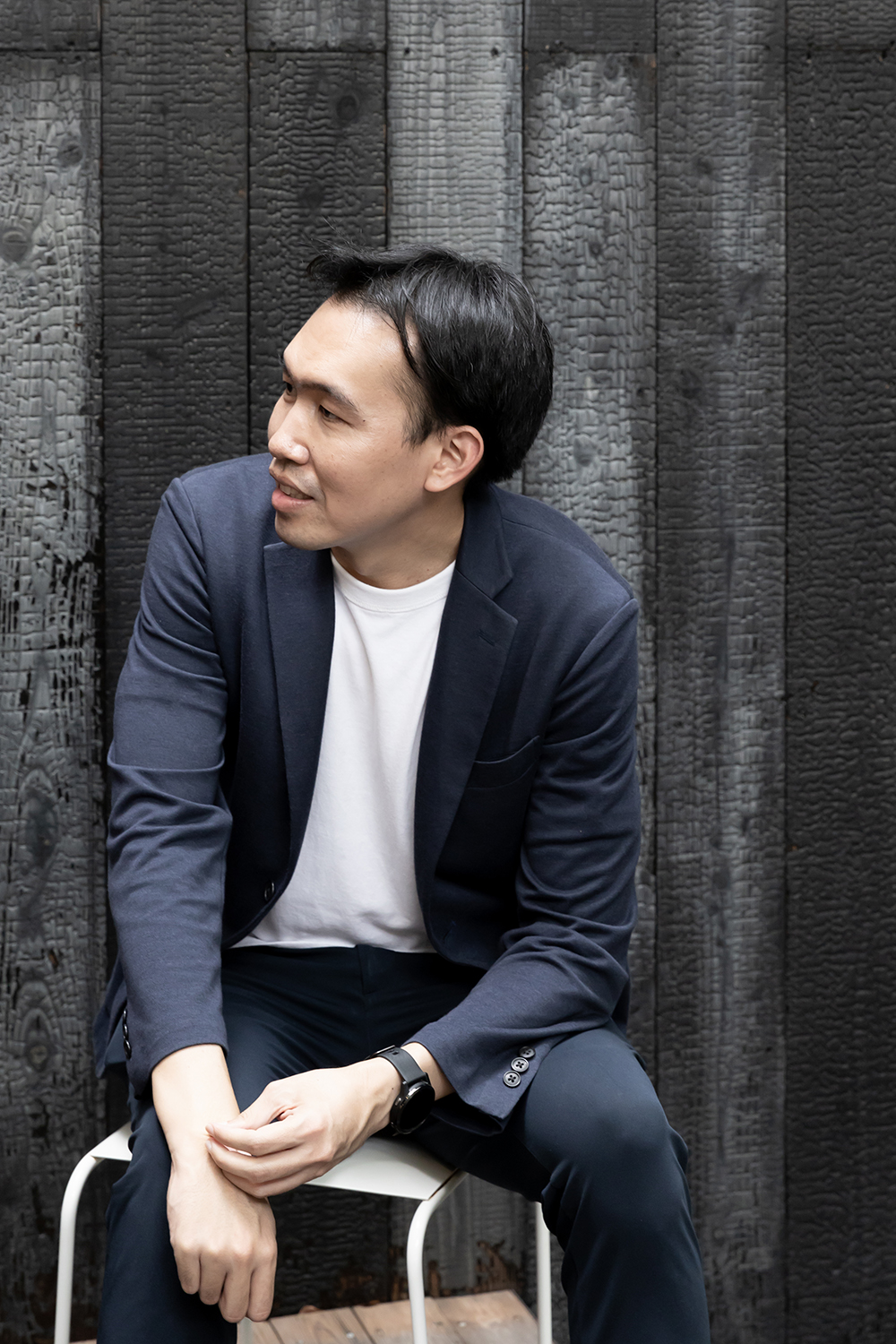
I was in the school where the practical side of design was considered a focal point so the projects I did in my architecture school were very constrained and I felt like I had to hold back what I wanted to do, unlike in competitions such as the one held by Nippon Paint where I was actually allowed and encouraged to do something I really wanted to do — Woranol Sattayavinij
PY: What should a good theme for a design competition be like to you?
JH: It needs to be open enough for people to experiment on ideas and explore new possibilities, but it also has to be narrowed down enough for participants to focus and deliver what the organiser wants to be delivered. Personally, I don’t think a theme needs to be research-based nor does it need to have very clear specifications in terms of building type, but it should be fun and flexible enough to let ideas flow in different possible directions. It needs to have a clear outline but within that outline, for there to be enough space for participants to shake things up, for them to fully present new, interesting ideas.
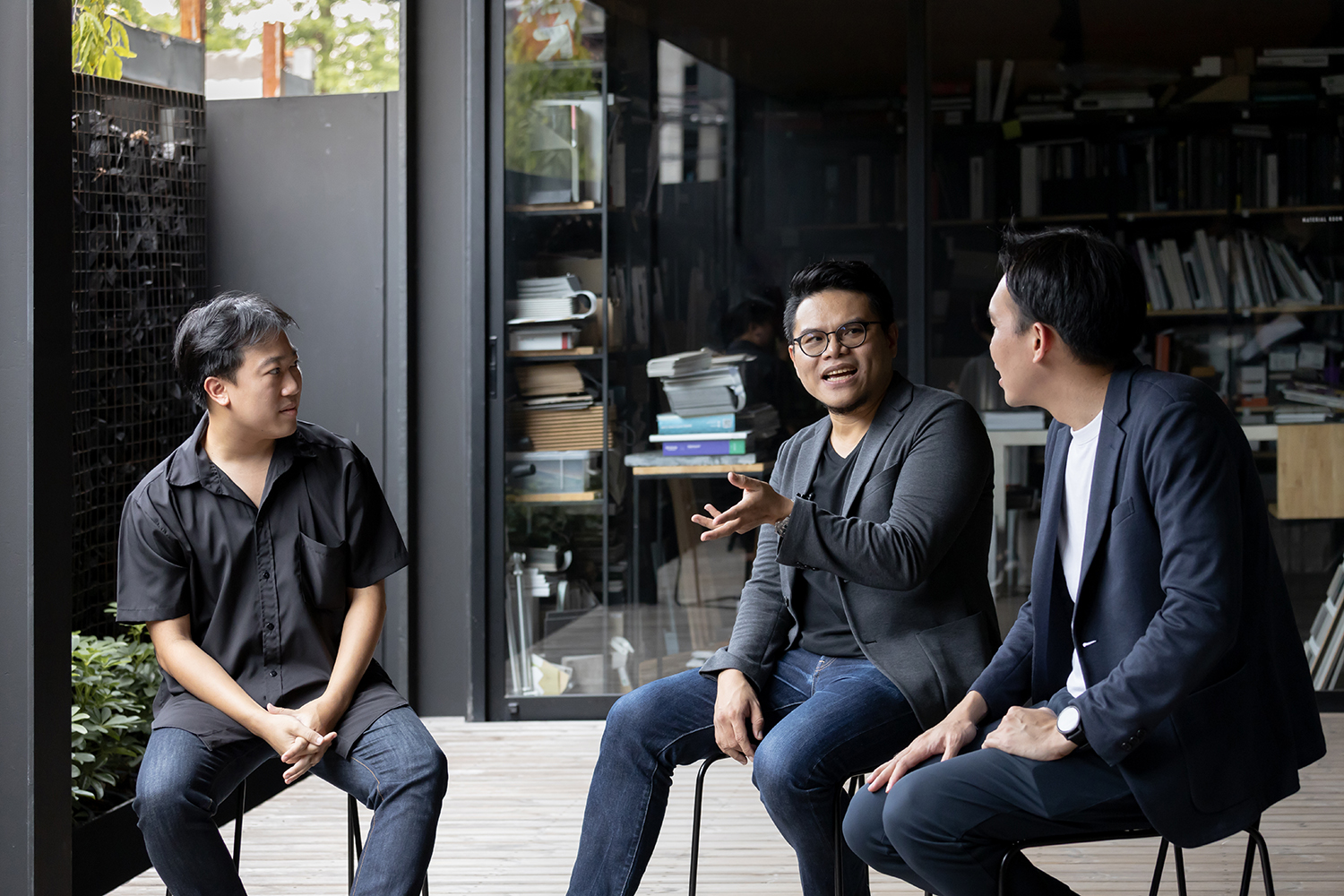
WS: When I submitted my proposal for Nippon Paint Young Architect Award 2003, I didn’t follow the theme entirely. I used an element that wasn’t exactly specified in the conditions but I used it to improve the design. To the question of what a good theme should be, I think it needs to clearly illustrate the purpose of the competition. A design competition is like a medium. If an idea wins, it’s communicating with the public that this particular idea is good, so the people who come up with the requirements of a competition have to be responsible for both the society and the design industry to maintain the standard of quality design.
JH: I agree. A good theme brings good works and we should make it our responsibility to lead our society towards a better path, ultimately a better future.
ASIA YOUNG DESIGNER AWARDS 2020 FORWARD: HUMAN-CENTRED DESIGN

With the shortage of natural resources being an imminent reality, the likelihood of living a life where the air pollution crisis getting normalized, the human rights being in crisis, all these become something we are left to deal with as a result of our excessive consumption that goes hand in hand with the neverending growth of the world’s economy. With the strike of the COVID-19 pandemic since the start of 2020, we have now come to realize that the old life we knew is something we will never be able to continue living. The most important part is coming to terms with the harsh reality that mankind is in the middle of a new crisis and we have now reached the turning point of a situation that we still have no control over. Design, which was once regarded as a great apparatus used to add values to products and services, is now being expected to serve as one of the solutions. In the past decade, the world has witnessed the births of countless concepts, from design thinking to human-centred design, which places users or those who are involved in a certain problem at the centre of how a work of design is created and developed.
Human-Centred Design is the design process that originates not from a ‘form’, but from taking a look at the problems that happen within a specific context through designers’ actual experiences with the problems. This enables designers to have a true understanding regarding the demands of all the stakeholders, and consequently putting together possible approaches to come up with possible solutions. They are then able to create prototypes that will be used in the actual situation before reaching the final stage of the development that will ensure the design’s ability to create benefits and elevate users’ quality of life in the long run. Human-Centred Design is a design process that demands designers to develop and deliver an outcome by using more than just basic design skills. We’ve always heard about how designers will no longer be just a designer but a communicator and a facilitator or even a mediator who will listen and facilitate collaborations between different parties. Nippon Paint Decorative Coatings Co., Ltd. Asia’s long-standing and leading developer and manufacturer of high quality paint products, with a strong belief in the potential of the 2020’s Asia Young Designer Awards (AYDA), has put together a competition under the theme ‘FORWARD: Human-Centred Design’, offering a chance for students in the field of architecture and interior design to take part in submitting and proposing ideas and works of design that will best embody the United Nations’ Sustainable Development Goals (SDGs).
The 13th Asia Young Designer Awards is looking for a design that brings positive impacts to the community from which they originate. The winning work should put environmental issues as their top consideration while possessing innovation that resonates with people’s present lifestyle. The theme comes with some undeniably interesting requirements and it makes the 13th Asia Young Designer Awards a perfect platform where one can experience and explore their talents. The competition will also help communicate the role of design professions in the society.
The winners of each category from Thailand will be able to showcase and compete their works in the regional design competition, Asia Young Designer Summit 2020, held in Vietnam, with a chance of winning ASIA YOUNG DESIGNER OF THE YEAR award that will earn them a place in a six-week course at the Graduate School of Design, Harvard University, the United States.
Interested candidates can visit asiayoungdesignerawards-th.com for more information.
ABOUT ASIA YOUNG DESIGNER AWARDS 2020

Started in 2003 under the name Nippon Paint Young Architect Award, the design competition which takes up the new title, Asia Young Designer Awards (AYDA), is a platform Nippon Paint has created to offer students in the field of architecture and interior design a chance to develop their design skills and talents, meet and exchange ideas with experienced professionals in the industry as well as other fellow students within the region.
AYDA has now risen to become a design competition that is widely recognised in over 15 countries across Asia, and created along the way is the strong national and regional network of architects and interior designers. AYDA will continue to be a platform that inspires and encourages young generation designers to keep on learning and growing as quality design professionals in the industry.
asiayoungdesignerawards-th.com
facebook: Asia Young Designer Awards Thailand


